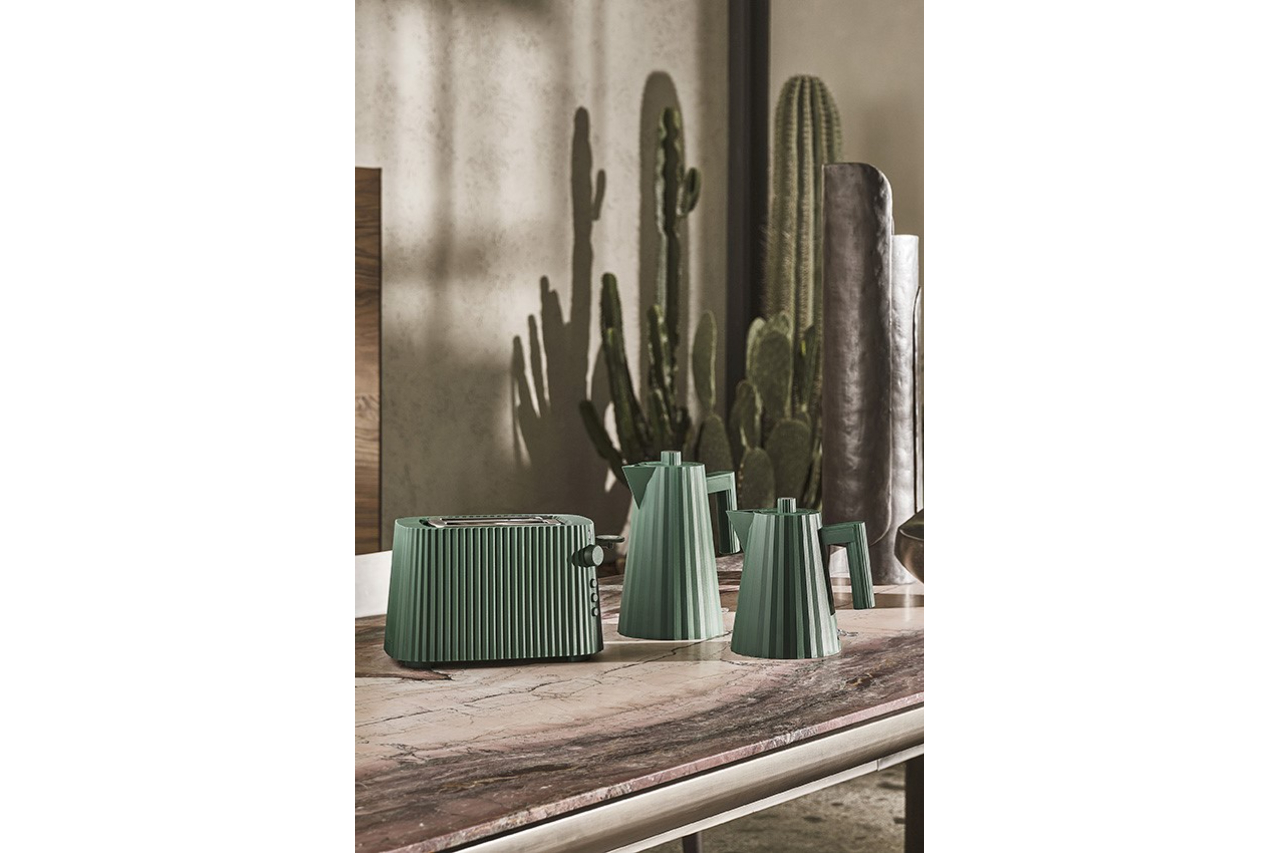
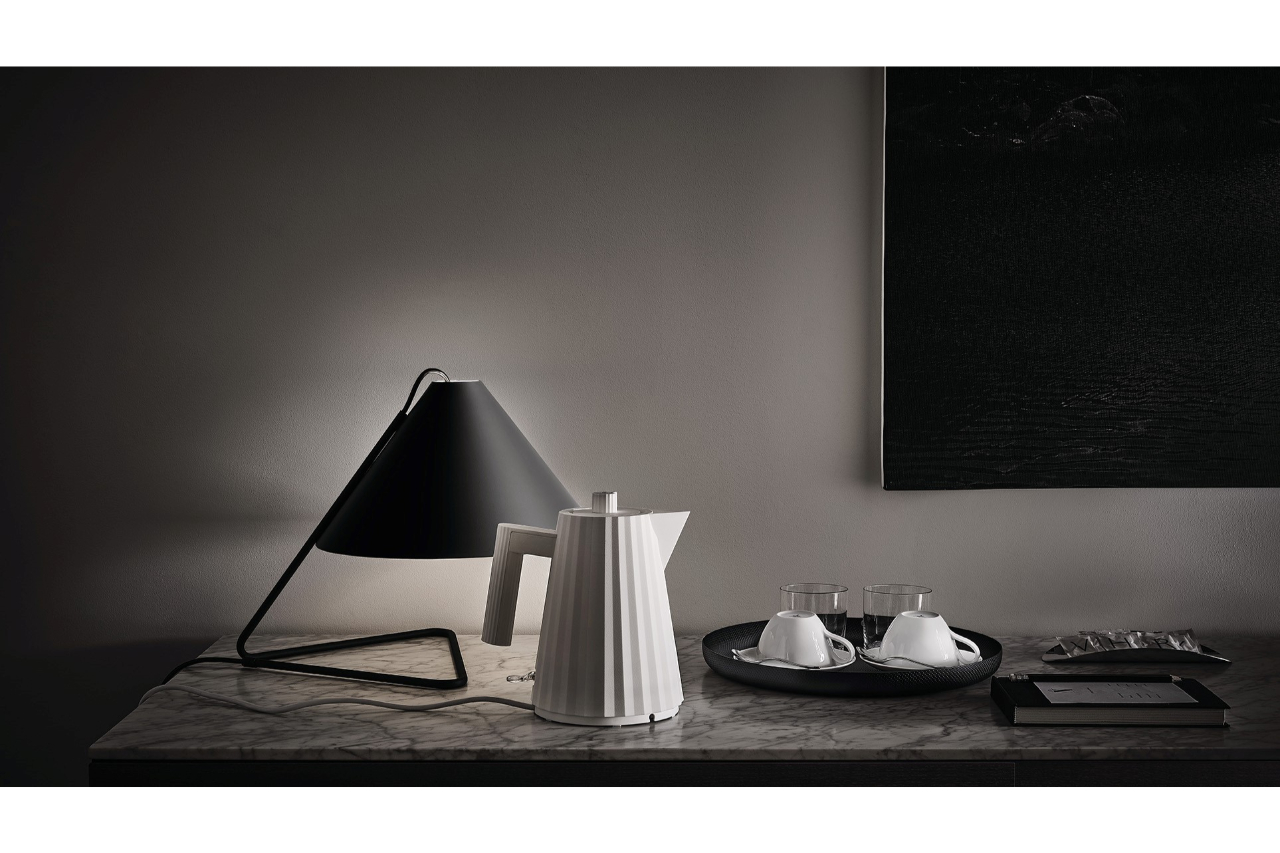
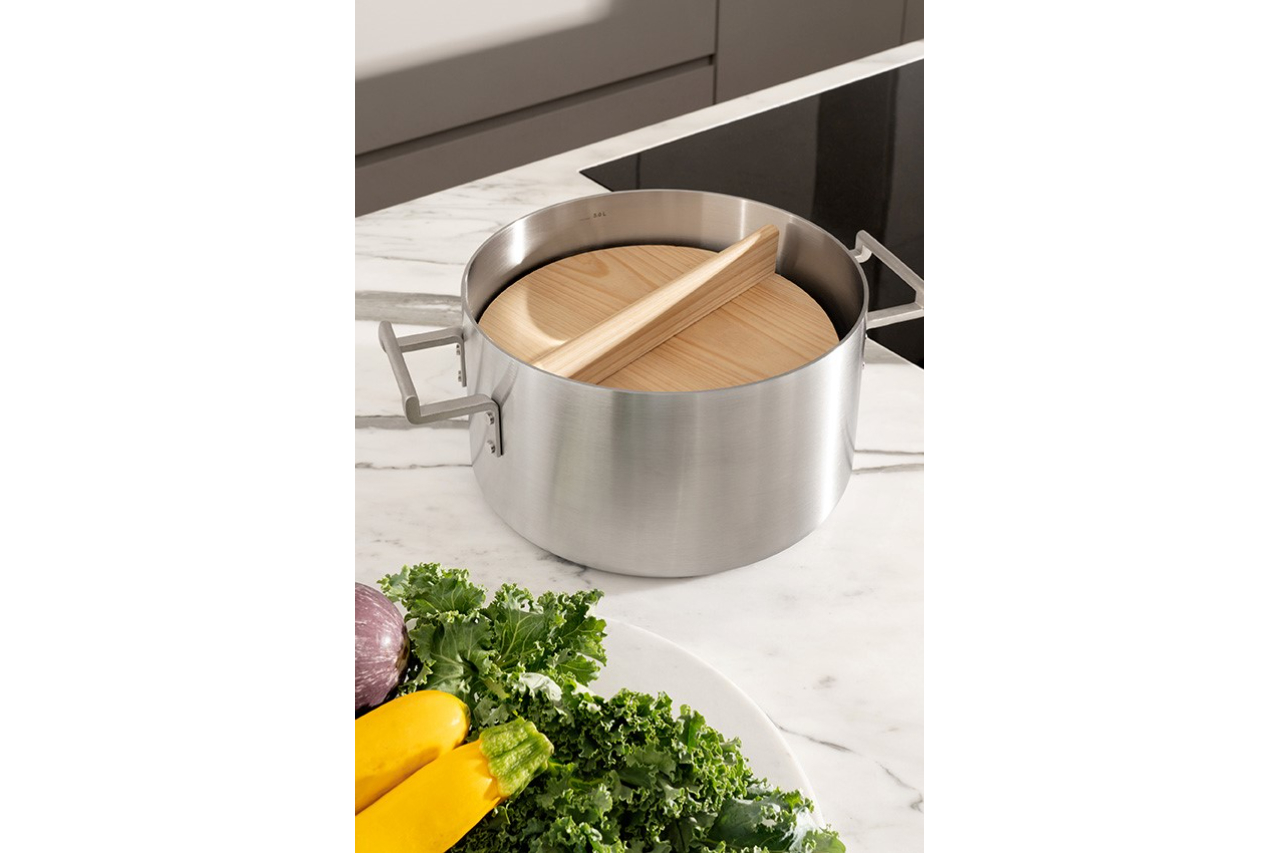
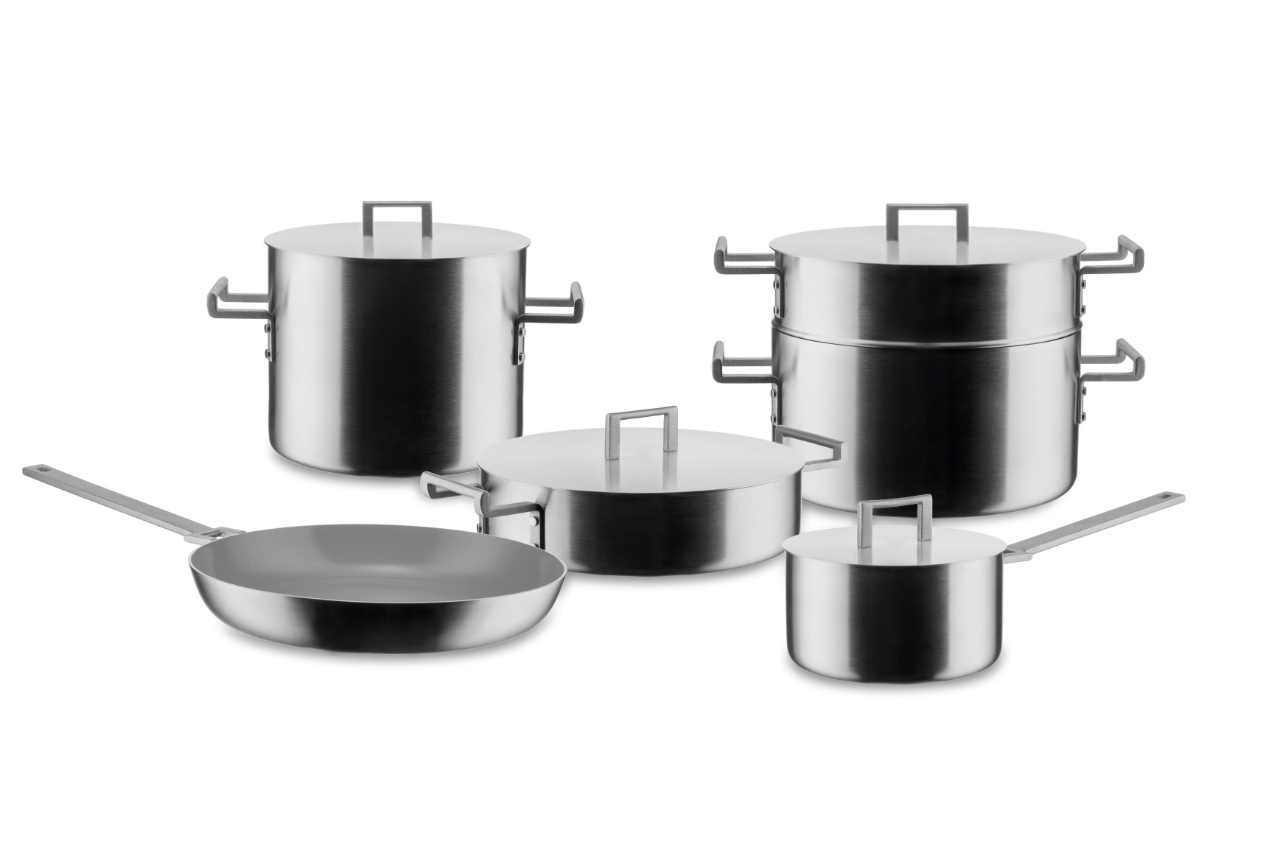
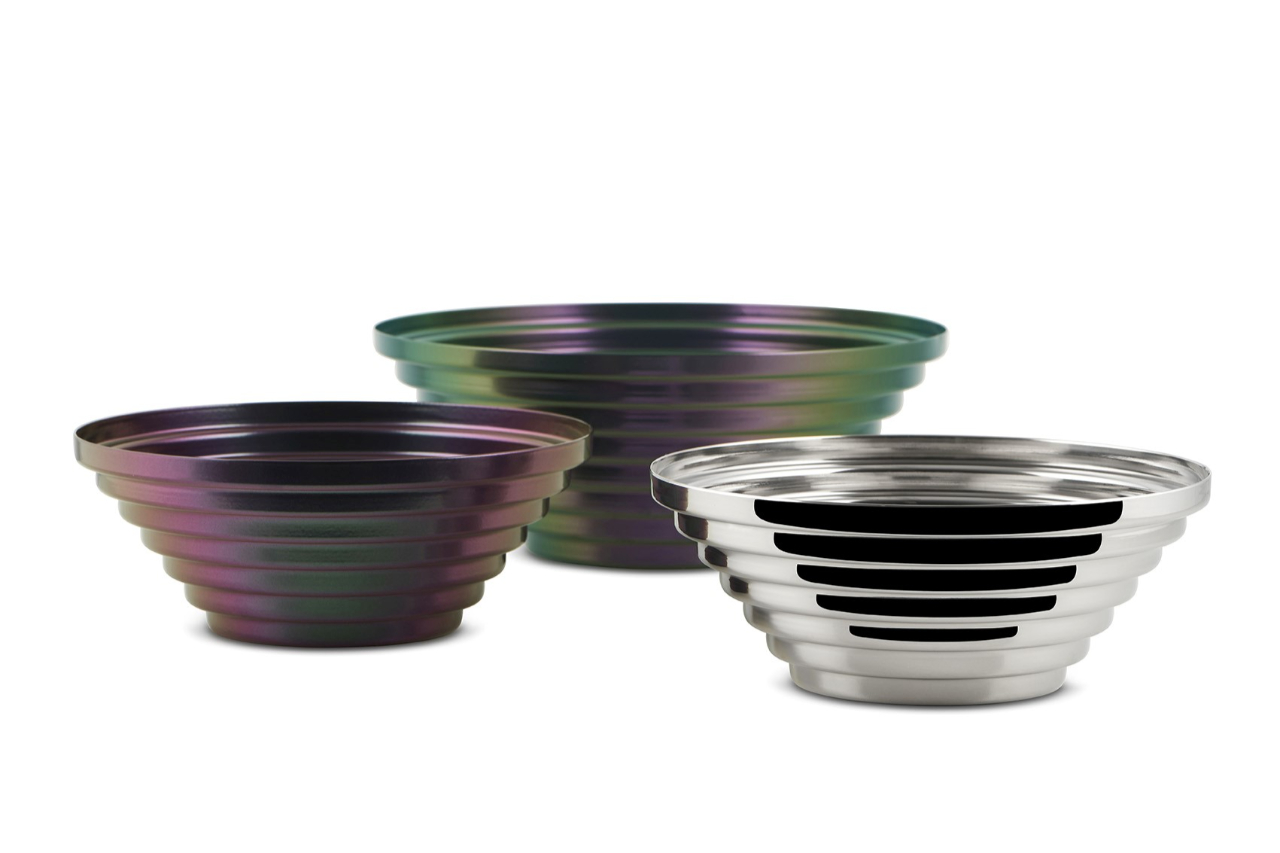
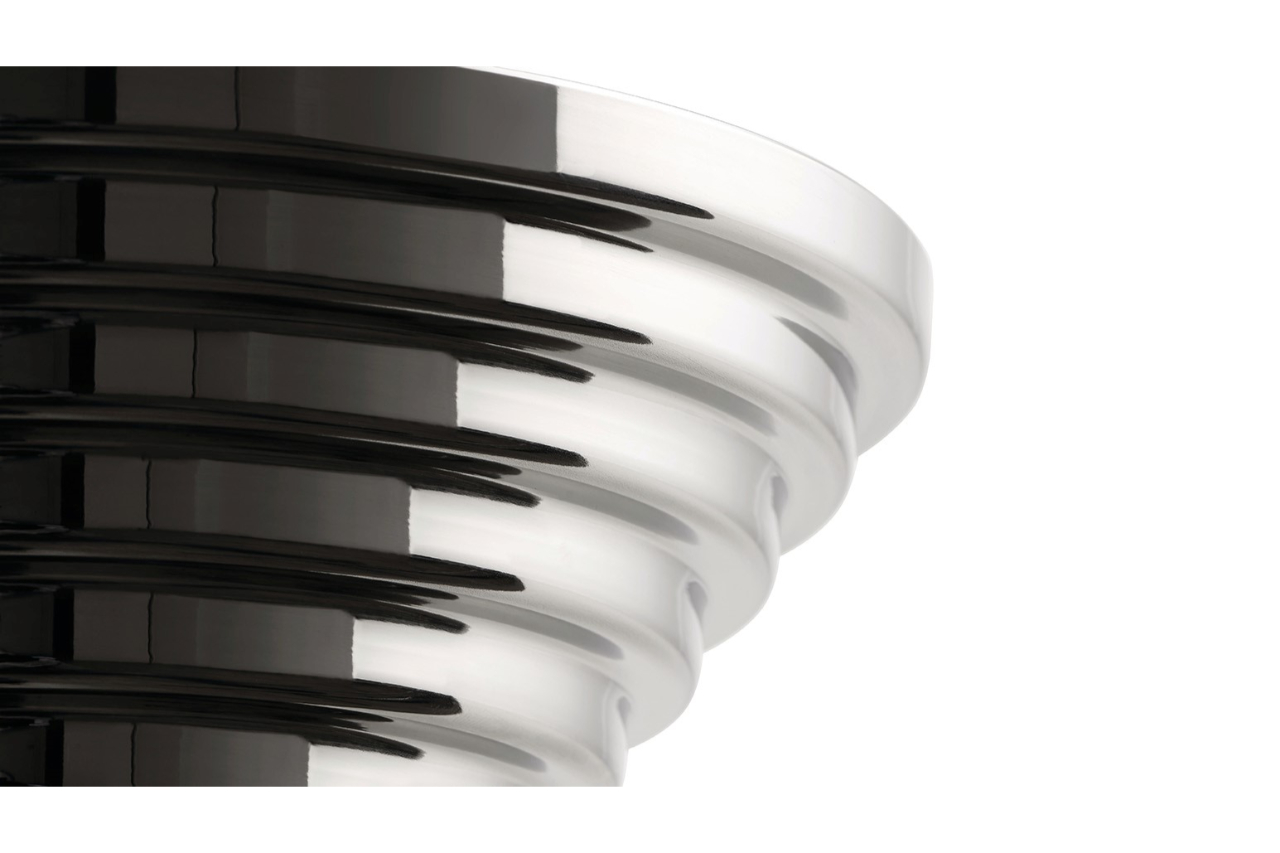
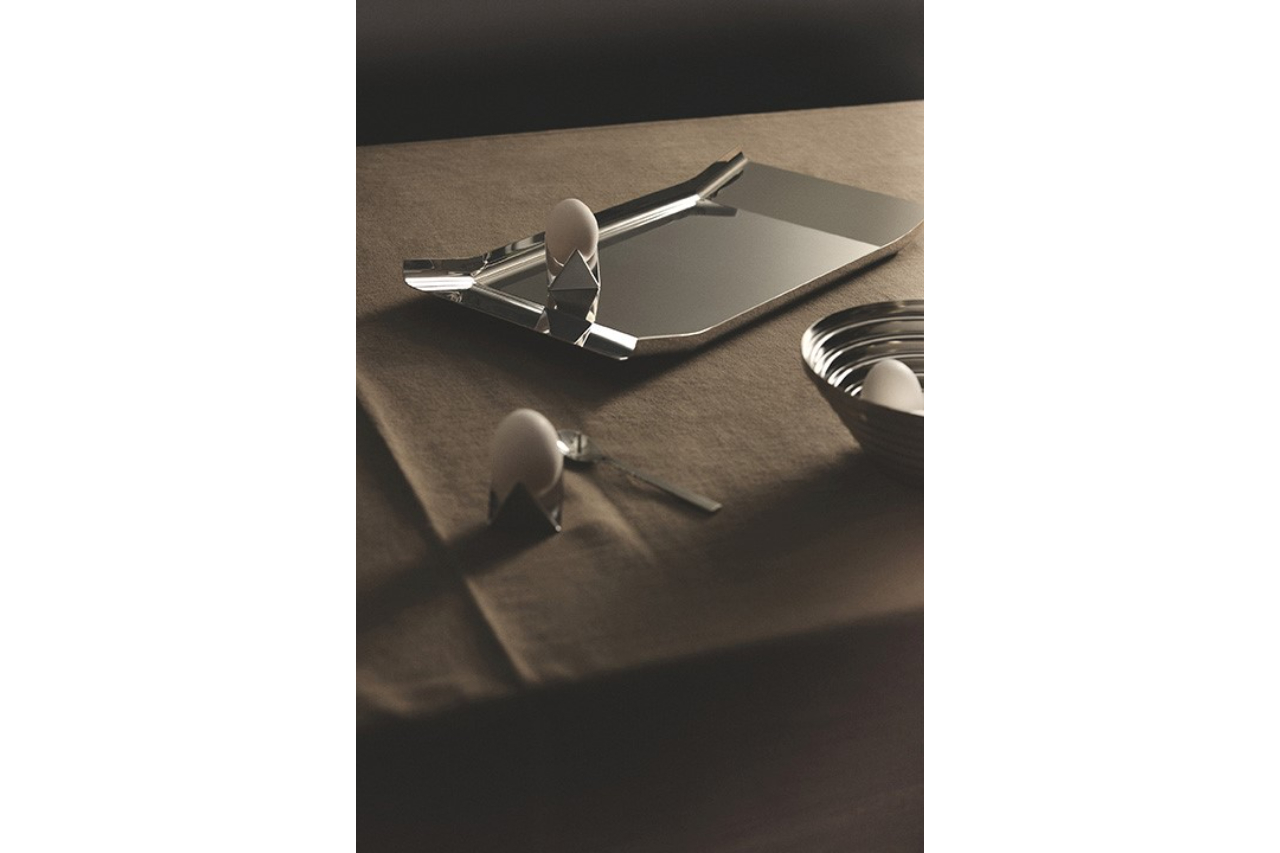
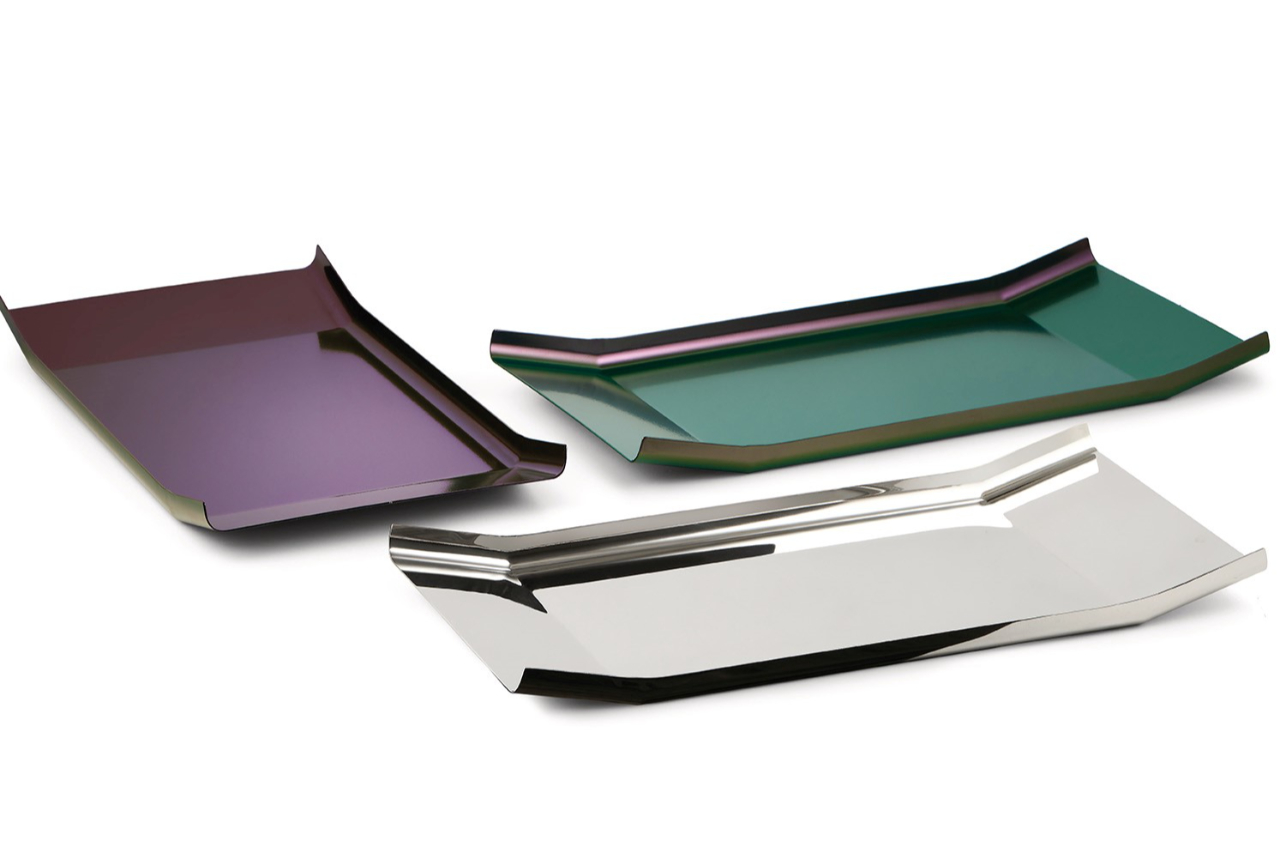
Among the excellences of Italian style, Alessi returns to exhibit in Milan, presenting new products, historical re-editions, new collaborations, and a new retail concept for stores

A temperature-control kettle and a new shade of blue enrich the Plissé family; two historical re-editions—the Maya basket and the Arran tray—and two sculptural beechwood salt and pepper mills embellish the Archivio collection. These are some of the new products that Alessi will present at Milano Home. We interviewed the CEO, Alberto Camerlengo, to learn about the new projects and take stock of the strategies implemented by the company to effectively respond to consumer demands and preferences.
Alessi News: new products, new colors, objects from the Plissé collection. Can you describe the characteristics and peculiarities of the new range of accessories?
“The new products presented by Alessi at Home Milano include a combination of new products, historical re-editions, and new collaborations. Among the main ones, the Plissé family is enriched with the introduction of a temperature-control kettle, the first of this type in our catalog; we therefore offer the customer an additional choice compared to the classic version of the famous kettle. Plissé also features a new shade of blue, a color that integrates perfectly with the other shades already present in the collection.
Another important development concerns the Archivio collection, which includes two historical re-editions: the Maya basket and the Arran tray. These two objects, originally present in our catalog in the 70s, are the result of the talent of two masters of Italian design: Giulio Confalonieri and Enzo Mari. Today they are available not only in the original steel version, but also in a new variant with an iridescent and changing color. This research on color represents an aesthetic in-depth study on two typical types of our catalog, which, we would also like to emphasize, are entirely made in our Omegna plant.
Furthermore, the collection is enriched with Yucatan and Oaxaca, two sculptural beechwood salt and pepper mills, designed by Michele De Lucchi. These are just some of the projects we will be presenting.”
In particular, how important are independent stores, and what kind of strategy/alliance has Alessi designed with them in Italy and abroad?
“I would start with an important fact: Alessi is present in over 110 countries with approximately 2,400 multi-brand points of sale; of these, about half are concentrated in three key nations for the brand's development: Italy, Germany, and France. Currently, Alessi's strategy focuses on recovering the direct relationship with these operators, which constitute the best indicator of market trends. From this perspective, the company is trying to establish a closer relationship with independent stores, recognizing their fundamental role in building a solid presence in the territory. A clear example of this new direction is Alessi's return to events such as Milano Home, highlighting a renewed commitment to the traditional channel.”
What are the values that the Omegna company intends to communicate? What are its strengths?
“The values that Alessi intends to communicate are rooted in its long tradition of innovation and its commitment to excellence. Among the company's strengths is the constant research that guides the development of new products and the choice to maintain steel production (the company's core business)—that obtained through cold stamping—in Crusinallo di Omegna. This underlines the commitment to remain faithful to the territory and its traditions.
Alessi offers the designers with whom it collaborates maximum creative freedom, supporting research and continuous innovation. The company has been B Corp certified since 2017, becoming the first Italian design company to receive it, and is a Benefit Company, therefore constantly committed to achieving not only profit but also a positive impact on society and the environment.
From a historical point of view, Alessi was born as a ‘Workshop for the processing of brass and nickel silver sheets,’ becoming an exponent of the ‘Factories of Italian Design,’ with an approach that blends artistic creativity and industrial functionality. Its values and strengths are reflected in its mission to translate the pursuit of the highest cultural, aesthetic, executive, and functional quality into mass-produced industrial products, with a balance between the most advanced creative trends and the desires of the public.”
At Milano Home, Alessi is previewing its new retail concept. Can you tell us something about it?
“I can't reveal much, but I can anticipate some characteristics: the new retail concept will be simple, innovative, and replicable; it will be characterized by modern lines but at the same time will be warm and material. With this new concept, we would like to create a single language with the aim of giving even greater recognition to the brand.”
Innovation and sustainability: how are these concepts expressed in Alessi's production?
“For every object we design, we always orient ourselves towards processes that prioritize efficiency, with responsibility in trying to reduce environmental impact at every stage.”
How much of the production is absorbed by the domestic market? What are the most dynamic areas in Europe and other continents?
“Italy remains Alessi's first market in the world, and this is why we participate in Milano Home. Particular attention is also paid to Europe, with the German and French markets.”